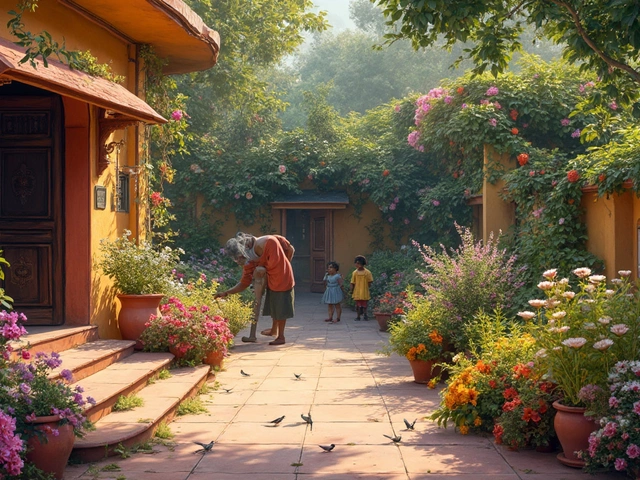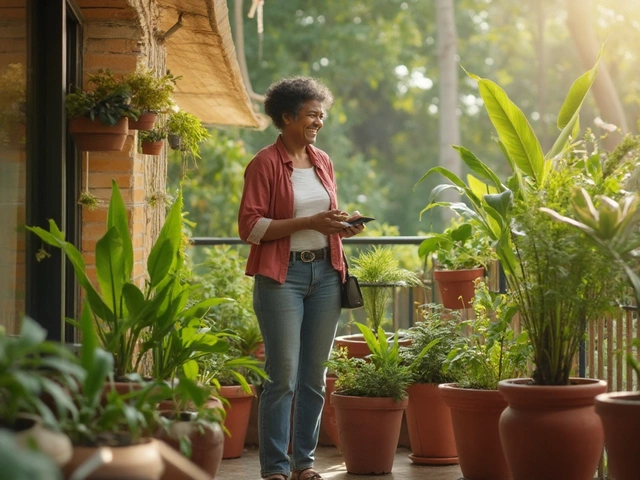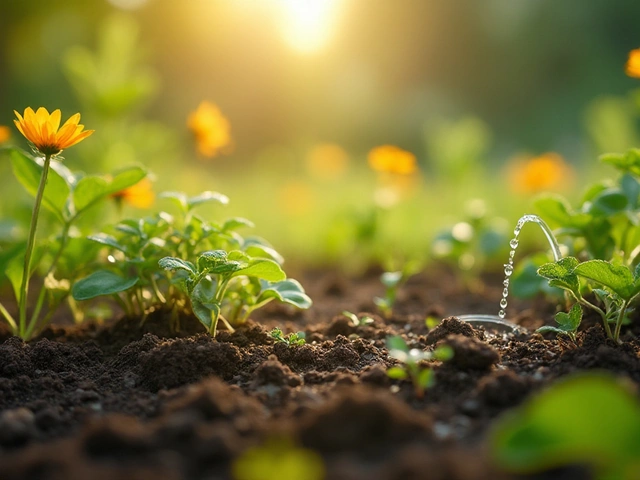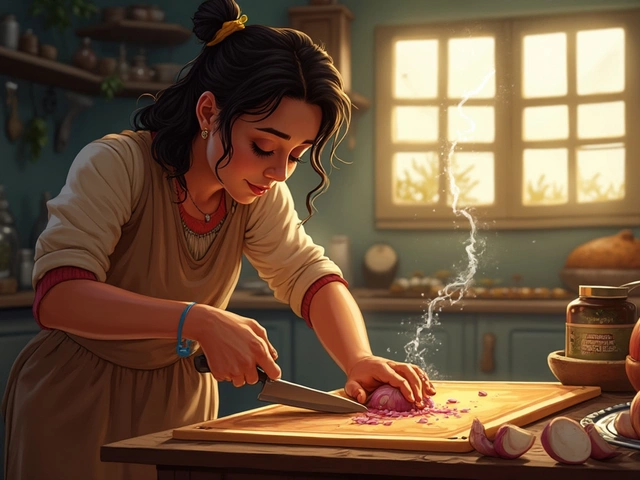Best Indoor Plants You Can Grow Right Now
If you’re looking for a plant that won’t drive you crazy, you’re in the right place. Below are the top indoor plants that survive on minimal fuss, work in low‑light corners, and look great on a windowsill or shelf.
Low‑Light Heroes
ZZ Plant (Zamioculcas zamiifolia) loves dim rooms. Just water when the soil feels dry to the touch and give it bright indirect light when you can. It stores water in its thick rhizomes, so you won’t overwater it.
Snake Plant (Sansevieria) tolerates neglect like a champ. One bright spot or a shady corner works fine. Let the soil dry out completely before you water – once a month is usually enough.
Peace Lily (Spathiphyllum) adds a touch of white flowers and can live in low light, but it prefers a bit more moisture. Keep the soil slightly damp and spray the leaves occasionally for extra humidity.
Easy‑Care Starters
Spider Plant (Chlorophytum comosum) is a fast grower that produces baby plantlets you can pot yourself. Water once a week, and it’ll bounce back from occasional forgetfulness.
Pothos (Epipremnum aureum) drapes beautifully from shelves or hanging baskets. It thrives on indirect light and only needs water when the top inch of soil is dry. Trim the vines to keep it tidy.
Aloe Vera not only looks cool but also gives you a soothing gel for skin. It loves bright light and needs watering only when the soil is completely dry – about every two weeks in most homes.
All these plants share three simple rules: don’t overwater, give them indirect light, and occasionally wipe the leaves to keep dust off. If you follow those basics, you’ll see healthy growth in weeks.
Choosing the right pot also matters. Use a container with drainage holes and add a layer of small stones at the bottom to prevent root rot. A light, well‑draining potting mix works for most indoor varieties; you can add a splash of cactus mix for succulents like Aloe.
When you’re ready to step up your game, try pairing two plants that complement each other—like a tall Snake Plant with a trailing Pothos. This creates visual interest and mimics natural plant communities, which can reduce pest problems.
Remember, plants are living beings. If a leaf turns yellow, it’s usually a sign you’re watering too often or the plant is getting too much direct sun. Adjust the routine, and you’ll see the issue clear up in a few days.
Start with one of the plants above, watch how it reacts, and you’ll quickly get a feel for what your home likes. Happy planting!
Best Year-Round Plants: Which Hardy Variety Thrives in Every Season?
Discover which plant survives and looks great in every season, plus real-world facts and tips to keep your garden or home looking fresh no matter the weather.
About
Seasonal Plants
Latest Posts


Best Low Maintenance Outdoor Potted Plants for Effortless Garden Beauty
By Alden Thorne Jun 28, 2025

Evaluating the Benefits and Costs of Drip Irrigation Kits
By Alden Thorne Feb 2, 2025

The World's Healthiest Vegetable: Unveiling the Top Nutritional Powerhouse
By Alden Thorne Jul 28, 2025

